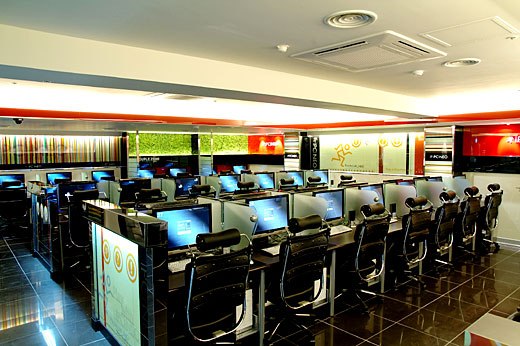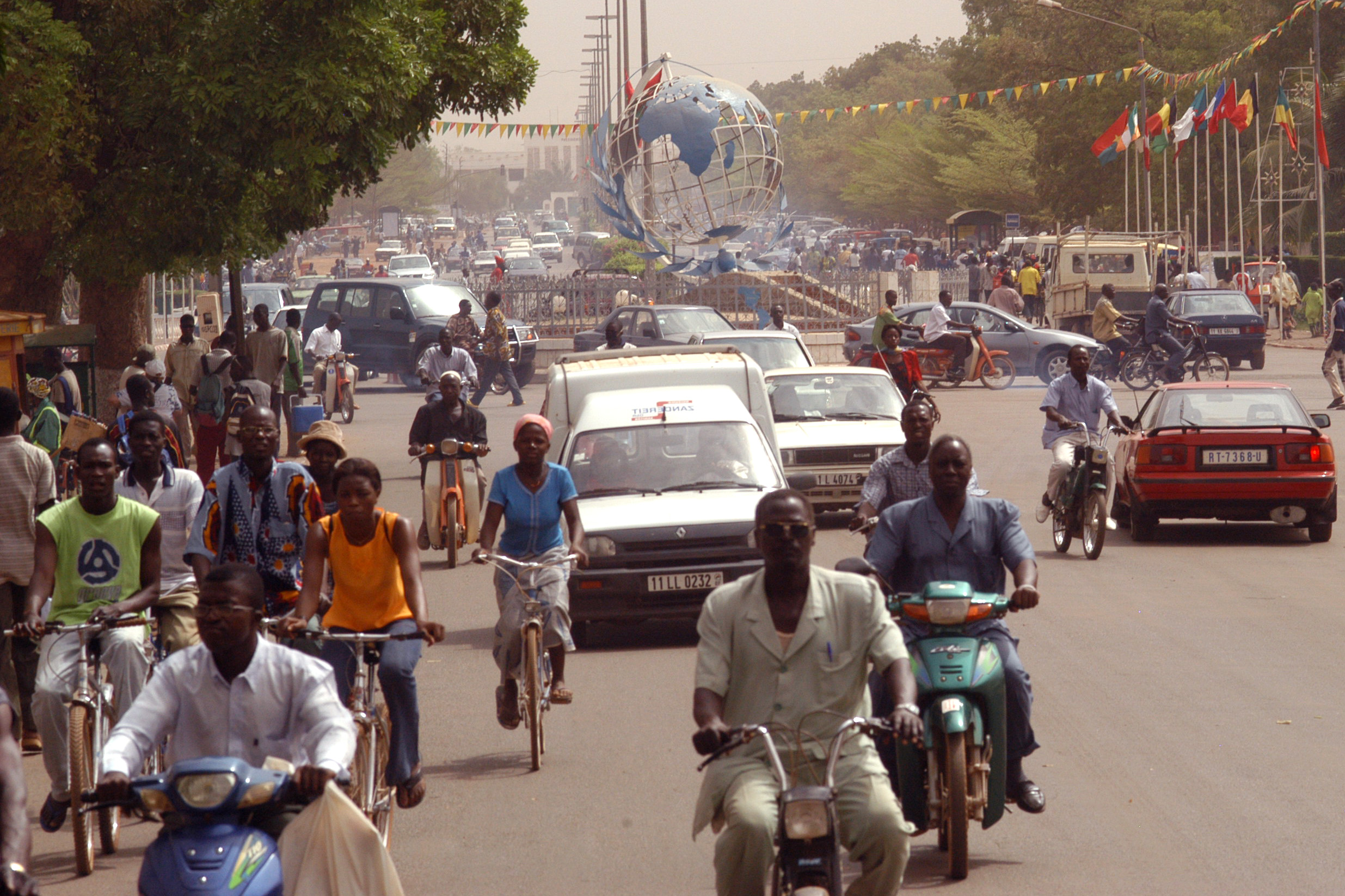Disclaimer: The thoughts and ideas in this article are of the author and do not represent the UN OCHA or Digital Humanitarian Network.
Data’s Role in Nepal
On 25 April 2015, a 7.8 magnitude earthquake hit Nepal and field response teams deployed for on-the-ground support. With huge information gaps, they called on the digital humanitarian community, also referred to as digital jedi or humanitarian jedi by Patrick Meier, to sift through the big data of emergency response to build tools, make maps, provide contact lists, and produce reports on damages and affected populations.
While there’s still a long road ahead, Nepal demonstrated how the digital community has become a vital piece of humanitarian response.
On May 12, another major shock hit Nepal in the Dolakha district, an area with high volumes of responders and local populations. Humanitarian efforts were ramped up in order to deliver aid in additionally damaged areas, provide relief supplies to newly affected populations, and reach populations still unreached by initial efforts. Today, over 300 agencies are supporting the government-led response. While there’s still a long road ahead, Nepal demonstrated how the digital community has become a vital piece of humanitarian response. People are recognizing the value of digital support to disaster response and how the candy crush of data sharing saved lives.
Tech-Empowered Response Efforts
Technological innovations helped to improve relief efforts in Nepal, and make people’s activities more visible across responders. Not all were successful, and some banned due to security concerns from the Government of Nepal. For example, the use of UAVs and drones to map areas unreachable by foot or car were very useful for a time, but banned by the Government in order to keep the air clear. Cellular network data also surfaced a couple of weeks after the initial earthquake, showing movement of people between districts. Due to the need to protect individuals’ information, this raw data could not be released publicly, but was provided in an analyzed report.
One new tool adopted by the response community at all levels was Humanitarian ID, a contacts management application for computers and mobile devices launched by the UN OCHA Field Information Services branch. Similar to the social app, FourSquare, it allows humanitarian responders to make a global profile, then check in to a disaster (e.g., Nepal). When they check in, they are automatically added to the contact list, and when they leave the disaster response effort they are checked out. Following the Nepal Earthquake, the app was subsequently adopted by the humanitarian community, with over 1,200 global profiles, and over 800 Nepal profiles currently logged into the system.
‘Coordination Saves Lives’
The UN OCHA Field Information Services (FIS) section, the team which I had the honor to assist during the response, is a group of technicians, architects, data analysts, mappers, computer programmers, policy experts, community organizers, graphic designers. Under the UN OCHA motto of ‘coordination saves lives,’ FIS supported Nepal responders by cleaning, organizing and analyzing the overload of information coming into the response teams. As in any response, the information comes in as data sets and reports from governments, responders, NGOs, INGOs and social media, and is turned into operational resources by the techies. In the first week, there was heavy demand for information around missing/trapped persons, damage assessments, water and shelter needs, roadblocks, humanitarian coordination and emergency telecommunication, followed by a focus on weather forecasting and predictive analysis in the later weeks.
Digital Jedi Are Information People.
They come together in many forms, including the Digital Humanitarian Network (DHN). With 22 active members like Standby Task Force, GISCorps, Humanity Road, MapAction, Translators Without Border, and 14 supporting members like Google Crisis Response, Humanitarian Open Street Map and Ushahidi. The DHNetwork can be activated by the UN and other humanitarians to accomplish tasks that are not prioritized by responders. From crowdsourcing and micro-tasking, to GIS analysis, the digital community supports the United Nations clusters to better assess, plan and predict. There are 8 clusters in the UN system and each play a different role in disaster response but are equally vital to a holistic operation, and for each, the digital jedi are assisting in the background.
Clearing the Mud.
It’s hard to pinpoint exactly where the boundaries of the digital humanitarian community lie, because the network is expansive, as is the humanitarian response community in general. Like a root system, a main tubular leads to a sub-tubular, which leads you to the next sub-tubular, and so on. Deep into the weeds, individual responders are often operating in silos. One could be in sub-tubular 5A, and the other in sub-tubular 100C. With so much dirt in between, it’s hard for them to communicate and collaborate. Enter the importance of coordination and UN OCHA’s slogan of ‘Coordination Saves Lives’ (lovingly mocked by UN OCHA employees for its lack of creativity).
In general, people call their friends when disaster strikes, the response community often misses out on such useful partnerships. Effective coordination can reduce redundancies and encourage collaborations. It helps sparse resources be used more effectively and, at its best, fosters innovation of new systems that benefit affected populations.
During the Nepal Earthquake, UN OCHA stepped in to keep communication lines open, in order to make the response community more akin to a system of branches than deep-set roots. We’re getting better at flipping the tree but the effort to clear the mud, so responders can see more clearly, persists. The goal remains open sharing from one branch to the next and communicating across clear air waves instead of having messages buried in the mud.
This was a special opinion piece written by Ariel Sim, find her full bio below:
Ariel Sim worked in Technology & Humanitarian Affairs with the United Nations Office for the Coordination of Humanitarian Affairs (UN OCHA) in the Field Information Services (FIS) branch during the Nepal Earthquake. A grantee of the Open Society Foundation, she will also be conducting research on user experience, human computer interaction, and cross-cultural technology development with the iHub UX Lab in Nairobi, Kenya in 2015. Fascinated with borders and bridges, networks and connectivity. A graduate of the University of Arizona in International Studies, Sim is completing a Master of Global Affairs (MGA) at the Munk School of Global Affairs. With a background in public applied anthropology research and private research & development, Sim’s research focuses on internet access and tech adoption in emerging markets. She pulls from public, private and non-profit sectors, working on international development, business, diplomacy and policy. You can follow her on twitter @arielsim_







